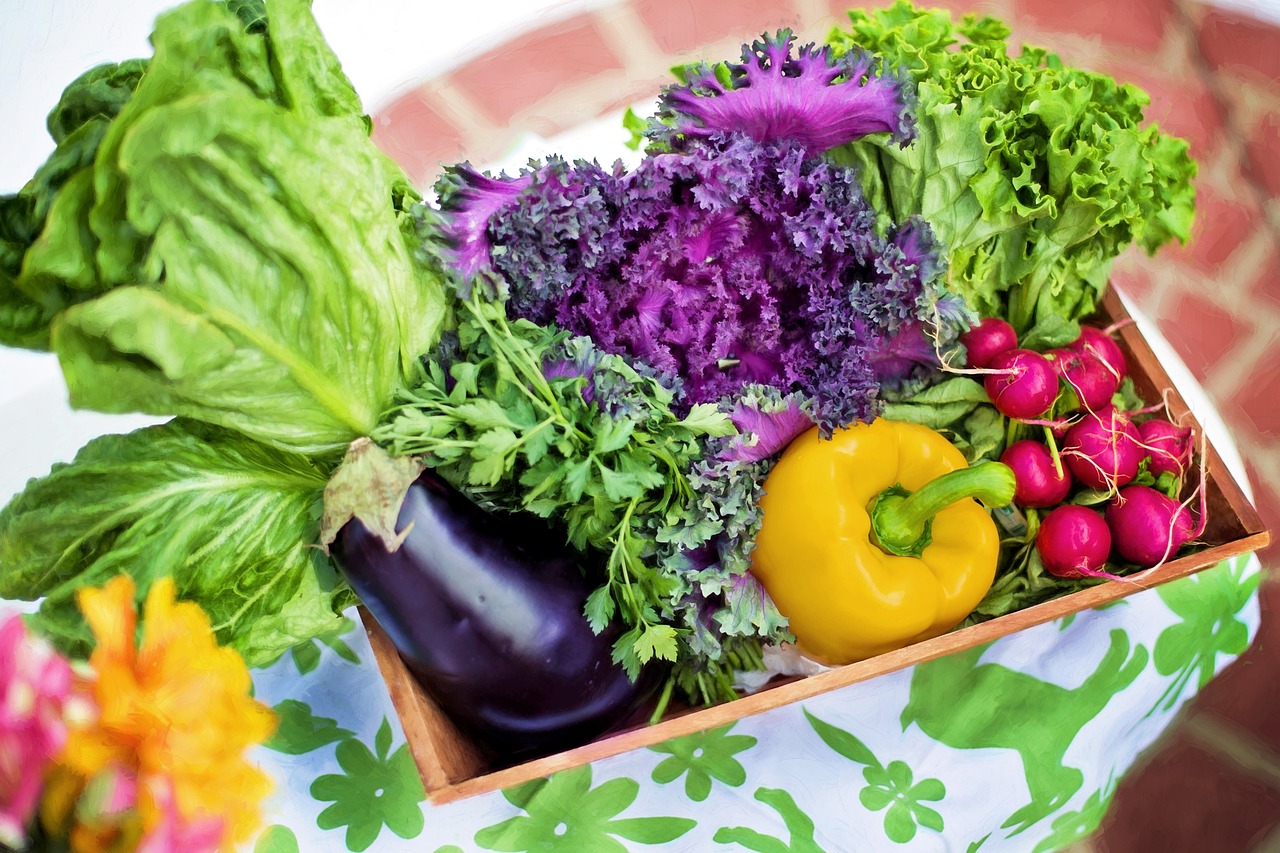Gardening enthusiasts eagerly await the arrival of spring to start planting their favorite vegetables. However, with proper planning and knowledge, you can jumpstart your garden even in the colder months. January may seem like an unlikely time for sowing seeds, but there are several vegetables that thrive when planted during this month. Let’s explore the top nine vegetables you should consider sowing in January.
1. Spinach
Spinach is a versatile leafy green that grows well in cooler temperatures. By sowing spinach seeds indoors or in a greenhouse during January, you can enjoy fresh and nutritious greens early in the season. Spinach is packed with vitamins A, C, and K, as well as iron and calcium.
- Sow spinach seeds directly into well-drained soil or containers filled with potting mix.
- Avoid overcrowding by thinning out seedlings once they reach a couple of inches tall.
- Harvest young leaves regularly for continuous growth throughout the season.
2. Kale
Kale is another cold-hardy vegetable that thrives when sown early in the year. It is rich in antioxidants and various nutrients such as vitamin C and vitamin K. By starting kale indoors or using cold frames, you can enjoy its delicious flavor sooner than expected.
- Sow kale seeds about half an inch deep into seed trays or small pots filled with compost-rich soil.
- Transplant seedlings outdoors once they have grown four to six true leaves.
- Consider using row covers or cloches to protect young kale plants from frost.
3. Carrots
Carrots are a popular root vegetable that can be sown early in the year for a bountiful harvest. With their sweet and crunchy taste, they make a great addition to various dishes. Sowing carrots in January allows them to develop slowly and results in sweeter roots.
- Sow carrot seeds directly into well-prepared soil that is free from stones and debris.
- Avoid overcrowding by thinning out seedlings when they are about an inch tall.
- Water regularly to ensure even moisture, which helps prevent the roots from splitting.
4. Radishes
If you’re looking for quick-growing vegetables, radishes are an excellent choice. They can be sown as early as January and provide crisp and peppery-flavored roots within just a few weeks. Radishes also help break up compacted soil, making it easier for other vegetables to grow.
- Sow radish seeds directly into well-drained soil enriched with organic matter.
- Thin out seedlings once they reach a couple of inches tall, leaving enough space between each plant.
- Harvest radishes promptly when they reach maturity to maintain their quality and flavor.
5. Lettuce
Lettuce is a staple in many salads and sandwiches, making it an ideal vegetable to sow in January. By starting lettuce indoors or using cold frames, you can enjoy fresh greens before the arrival of spring. Lettuce varieties such as butterhead, romaine, and loose-leaf lettuce all thrive in cooler temperatures.
- Sow lettuce seeds in seed trays or small pots filled with compost-rich soil.
- Transplant seedlings outdoors once they have grown a few true leaves.
- Harvest outer leaves regularly to encourage continuous growth and prevent bolting.
6. Peas
Peas are a cool-season crop that can be sown as early as January. They not only provide delicious pods but also enrich the soil with nitrogen, benefiting other plants in your garden. With their climbing habit, peas require support such as trellises or stakes.
- Sow pea seeds directly into well-prepared soil enriched with organic matter.
- Provide support for the growing vines by installing trellises or stakes.
- Pick peas when the pods are plump and before they become tough and starchy.
7. Beets
Beets are root vegetables that thrive in cooler temperatures, making them an excellent choice for January sowing. They are rich in vitamins A and C, fiber, and minerals like potassium and manganese. Beets can be harvested at various stages, from baby beets to larger roots.
- Sow beet seeds directly into well-prepared soil that is free from stones and debris.
- Avoid overcrowding by thinning out seedlings when they have a couple of true leaves.
- You can harvest young beet greens for salads while allowing some plants to develop larger roots over time.
8. Onions
Growing onions from seed allows you to choose from a wide variety of flavors and types. By starting onion seeds indoors during January, you can transplant them outside once the weather warms up slightly. Onions are a versatile ingredient used in numerous culinary dishes.
- Sow onion seeds into trays or small pots filled with well-draining seed-starting mix.
- Transplant onion seedlings outdoors when they have grown several inches tall and the soil is workable.
- Ensure the soil is fertile and weed-free, providing adequate moisture throughout the growing season.
9. Cabbage
Cabbage is a hardy vegetable that can be sown in January for an early harvest. It comes in various shapes and sizes, including green, red, and Savoy cabbage. With its high vitamin C content and versatility in cooking, cabbage is a valuable addition to any garden.
- Sow cabbage seeds indoors or use cold frames to provide them with protection from frost.
- Transplant seedlings outdoors once they have grown several true leaves and the soil has warmed up slightly.
- Provide sufficient space between plants to allow proper air circulation and prevent diseases.
Sowing vegetables in January allows you to get a head start on your gardening journey.
By selecting cold-hardy vegetables like spinach, kale, carrots, radishes, lettuce, peas, beets, onions, and cabbage, you can enjoy an early harvest of fresh produce. Remember to follow specific planting instructions for each vegetable type to ensure optimal growth.
With careful planning and attention to detail during this time of year, your garden will flourish as soon as spring arrives!



